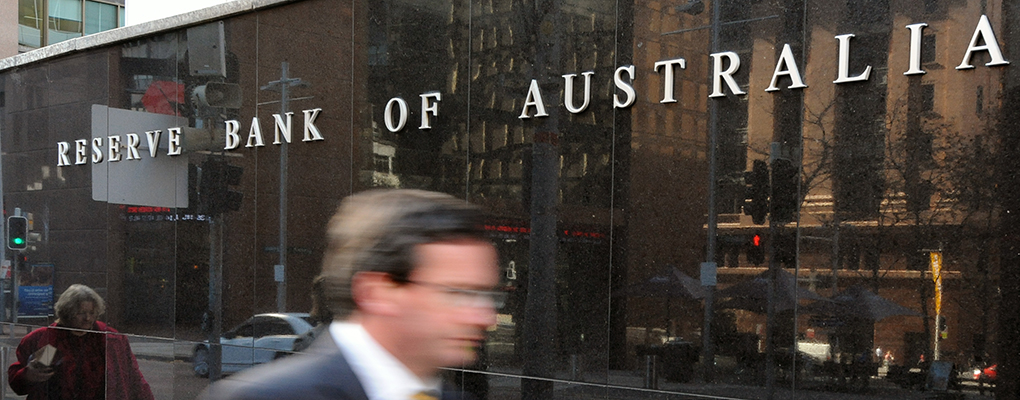
Officials at the Reserve Bank of Australia (RBA) have decided to slash the bank’s key interest rate by 25 basis points, bringing the total to 2.25 percent, effective February 4. The record-low rate has been introduced to stem the currency’s decline and boost growth at a time in which falling commodity prices are inflicting pains on the economy.
The decision to cut interest rates aligns with the steps taken by countries such as Canada, China and India
“In Australia the available information suggests that growth is continuing at a below-trend pace, with domestic demand growth overall quite weak,” said the RBA’s governor Glenn Stevens in a statement. “As a result, the unemployment rate has gradually moved higher over the past year. The fall in energy prices can be expected to offer significant support to consumer spending, but at the same time the decline in the terms of trade is reducing income growth. Overall, the bank’s assessment is that output growth will probably remain a little below trend for somewhat longer, and the rate of unemployment peak a little higher, than earlier expected. The economy is likely to be operating with a degree of spare capacity for some time yet.”
The rate cut aligns with the steps taken by countries such as Canada, China and India, which have likewise suffered at the hands of a new low-cost oil environment in recent months. Financial conditions are “very accommodative globally”, according to Stevens, in that long-term borrowing rates and overall financing costs for creditworthy borrowers are sitting at low levels.
The decision to cut interest rates marks the beginning of a sustained push to kick start domestic spending and boost business confidence, issues that have succeeded in taking a chunk out of the economy. Official figures in December showed that economic growth in the third quarter, at 0.3 percent, came in far short of expectations at 0.7 percent. “Our outlook for Australia is pretty bleak to be honest, well below what the bank expects,” says Paul Dales, a key member of the UK economics team at Capital Economics. “What’s important now is boosting investment in the non-mining sector, which is quite a trick without pumping up the housing market.
“Lower interest rates are useful but there is a need for big structural change. It’ll likely take more than one rate cut to boost the country’s outlook and we actually expect another as early as next month.”


